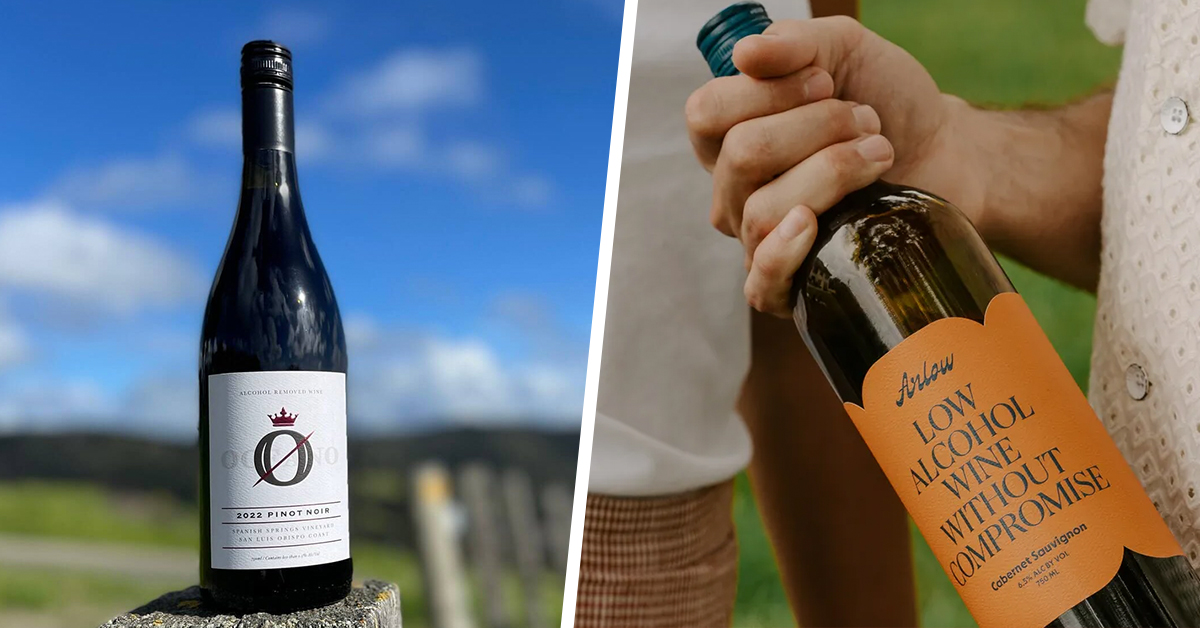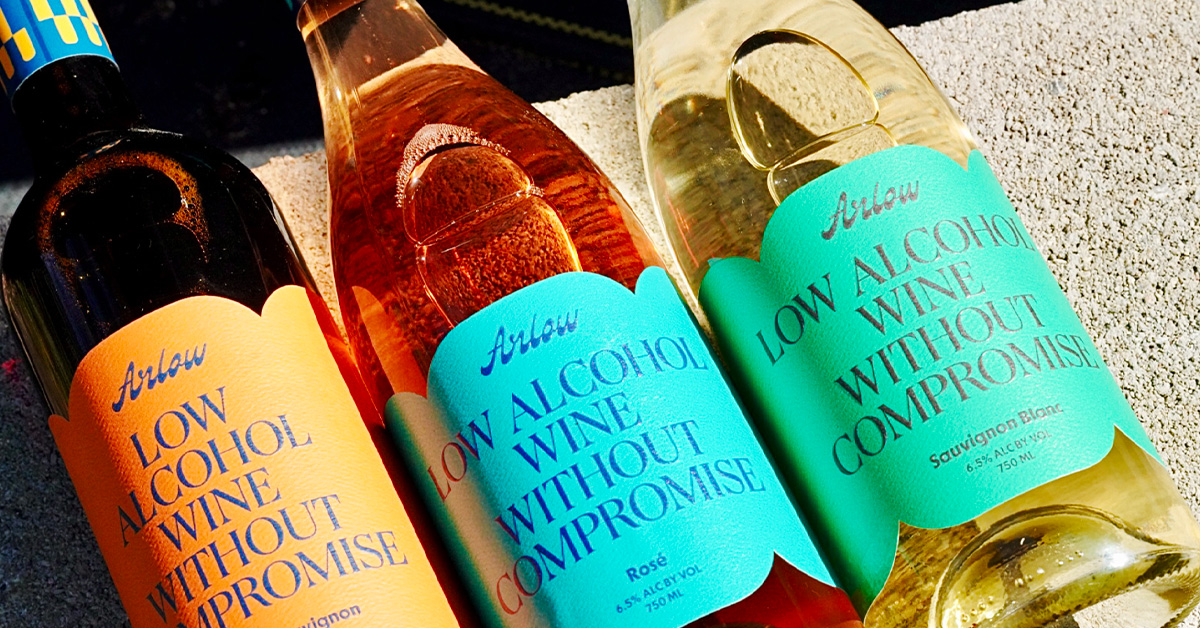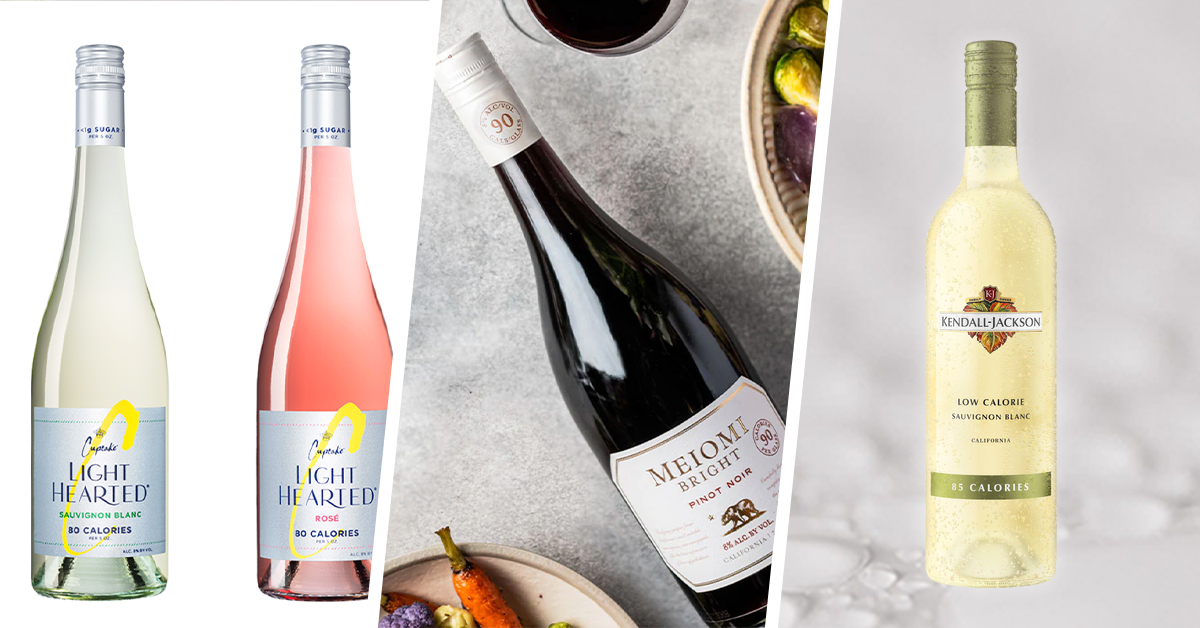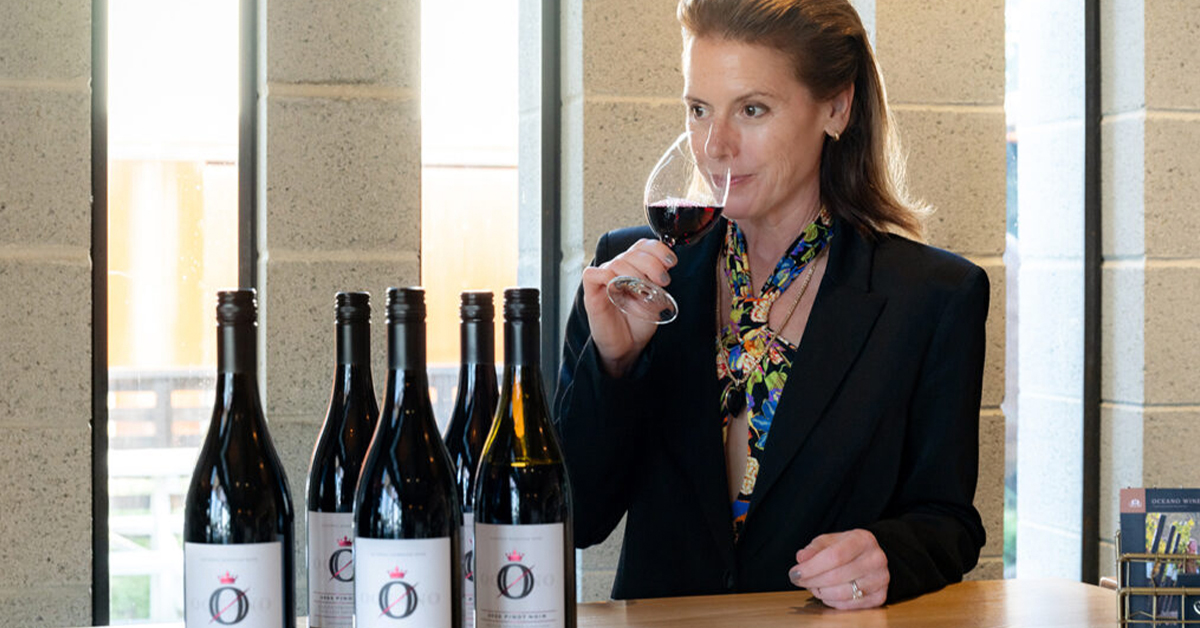The alcohol-reduction trend has proven that many consumers are not just looking for an all-or-nothing approach to adult beverages. Some winemakers are looking at low-ABV options as a way to meet those shoppers halfway.
Low-alcohol wine offers a middle ground where the downsides of alcohol’s impact on health are reduced while still maintaining the depth of flavor lost in many alcohol-removed and wine alternative options currently available.
Much of the non-alcoholic (NA) adult beverage set is dominated by Millennial consumers, with the cohort making up 59% of no-alcohol wine sales in April 2024, according to IWSR data.
Proving this middle way for sober-curious consumers is being tested in spirits as well with upstart brands like U.K.-based Quarter Proof launching in the U.S. this summer and more recognizable names like Proximo Spirits’ Jose Cuervo offering a spice-infused 30% ABV option for more moderate drinkers.
Low-alc options “have really taken off recently,” said Cindy Leonard, EVP and General Manager of Fine Wines Division at Southern Glazer’s Wine & Spirits, particularly among the younger demographic who want to maintain a “sense of control in their lives.”
“Their whole life is on social media,” she said. “They’re constantly pictured and snapped and so on. No one really wants to feel like they’re out of control and we’re seeing more go towards non-alc and low-alc options.”
Yet with the 60-plus age group still growing their share of the overall category, according to Silicon Valley Bank’s 2024 State of the Wine Industry report, low-alc wine makers are in search of on-ramps for attracting the next generation of drinkers.
Diversifying From The No To Low
Non-alc wine maker Surely recently added a new brand to its portfolio. Arlow Wines is a three-SKU (Red, Rosé and White) line of low-ABV wines clocking in at 6.5% ABV, selling for $22 per 750 ml bottle.
The pivot is inspired in part by advancements that has the industry “one technological innovation away” from consumers not being able to tell the difference between a zero-proof and alcoholic wine, according to CEO of Surely and Arlow Wines Brandon Joldersma.
“If non-alc wine is maybe 20% of the way there, from a flavor perspective of what people are expecting out of a glass of wine, at half the alcohol we’re getting pretty much all the way there,” he said.
One difficulty is that consumers associate wine with tasting notes and food pairings. In comparison, NA spirits are designed to be mixed into cocktails where they can interplay with each other, while beer is carbonated and already low in alcohol, creating an easier road to mimicry, Joldersma said.
“But wine is such a naked beverage, it’s sort of in this tough middle ground,” he said. “So many [NA] consumers are people who are still drinking alcohol and often in the same night.”
Some low-ABV wines are leaning into familiar callouts to help orient consumers within the space, including several marketed as “diet” or “low-sugar” wines. Kendall Jackson has three “low calorie” wines — Sauvignon Blanc, Chardonnay and Rosé — that fit the mold at 9% ABV and 85 calories per 5 oz. serving. California winemaker Meiomi has its own lower-ABV Pinot Noir called Bright that is 8% alcohol and 90 calories per serving while Cupcake Vineyards’ three-SKU Light Hearted line is also 8% ABV and in the below-100 calorie range.
For Arlow, it’s less about being a lower-calorie option rather than leaning into “No Compromise” tagline that alludes to being a direct comparison to alcoholic reds, whites and rosés.
Just as the NA category has had to compete for shelf-space, low-ABV wines might even have a more difficult time differentiating in-store because there are so few options. Arlow is experimenting on how it can differentiate on-shelf with traditional, full-alcohol wines using test markets in New York City and the brand’s home region of Austin, Texas.
“We will take the learnings from that and decide how quickly we want to expand after that,” Joldersma said. “Is this an immediate click where people are ‘that’s what I want, you don’t need to convince me.’ Or do we need to spend a little time educating consumers about what this product is and why they want it.”
Finding that sweet spot of differentiation will be key. The global market for low-alcohol wine segment is projected to be valued at $1.5 billion and is expected to increase to $4.1 billion by the end of 2034 at a CAGR of 10.6%, according to market research from Fact.MR.
The opportunity for low-ABV wines is already proving itself in the market. Wine is the strongest performer in the low-alcohol marketplace, with IWSR forecasting 12% CAGR volume growth between 2023 and 2027.
The difficulty for low-ABV lies in flipping the script away from health positioning and into the socio-cultural shift happening with alcohol-reduction.
“Many of the low-alc labels or low-sugar labels have classically looked like diet labels,” said Leonard. “The labels themselves have someone with dumbbells in their arms and all that kind of stuff. It doesn’t feel like wine and you will never see that type of low-alc option coming from Burgundy.”
A Premium Play
Low-ABV wines tick many of the boxes that alcohol-conscious consumers are looking for. But as with most things in beverages, it all inevitably comes back to flavor.
Coming from a family of vintners, Rachel Martin branched off to launch her own label, San Luis Obispo, Calif.-based Oceano Wines, in 2016, and has developed the label into one of the few wine makers to produce both fully alcoholic and NA wines.
“I understand the struggle of wanting to reduce alcohol in your life but not wanting to conform or change your preferences,” she said. “People don’t just like wine, they love wine, and it’s part of their ritual and their routine, but for whatever reason, alcohol doesn’t serve them anymore.”
Oceano Zero’s “artisanal approach” to using single-vineyard and varietal wines was well-received when Martin released her NA Chardonnay and Pinot Noir, Martin said. Both sold out quickly and received high marks from wine critics.
Now, she is on the cusp of entering a third category with the impending release of a single varietal Syrah with 3.5% ABV entering the market November 1. The new variety is positioned as one of the only ultra-premium, low-ABV options available at $60 per bottle price point. Oceano is only releasing 90 cases, about 1,080 bottles.
Not only does this lightly-alcoholic wine open up a flavor profile closer to its alcoholic counterparts but it also helps with margins. The percentage of alcohol removed in the dealcoholization process directly correlates to liquid volume lost which in turn drives up the cost to consumers.
In short, “I’ll have less loss,” she said. “Looking at it as a business, that loss is pretty massive.”
Additionally, it opens up retail opportunities. For example, New York regulations do not permit Oceano Zero’s NA options to be sold in wine or liquor stores; whereas, a wine over 1% ABV can be sold in the same places that traditional beer, wine and spirits are sold, Martin pointed out.
The question is: Will low-alc wine at a higher-price point than alcoholic wines or their NA counterparts be able to bridge the gap among sober-curious consumers.
“If you would have asked me four or five years ago, I would say, No, I’m not optimistic about low ABV,” said Victoria Watters, co-founder of non-alcoholic industry publication Dry Atlas.
“I’m more optimistic today but if those wines can’t truly deliver on the taste,” she said. “If they fall short, I would say you might see the behavior where it’s non-alc most of the time, but when they have something alcoholic, it’s got to be a premium product like a Veuve Clicquot or a $25 gin martini.”



